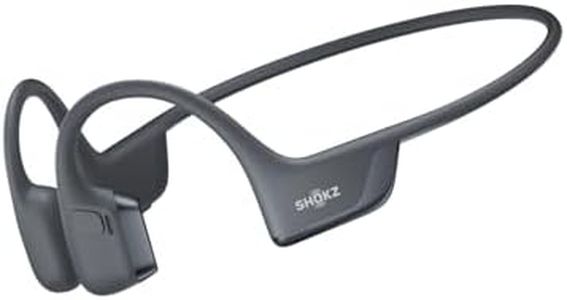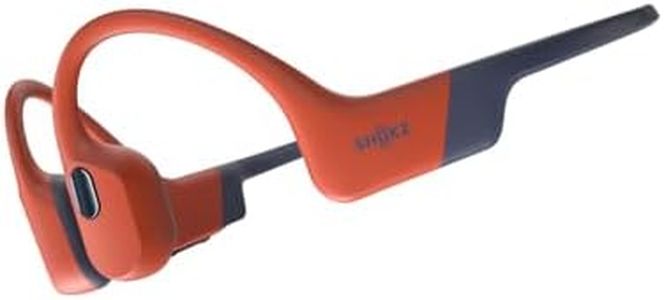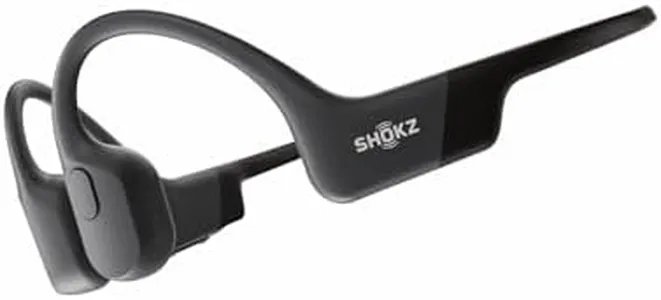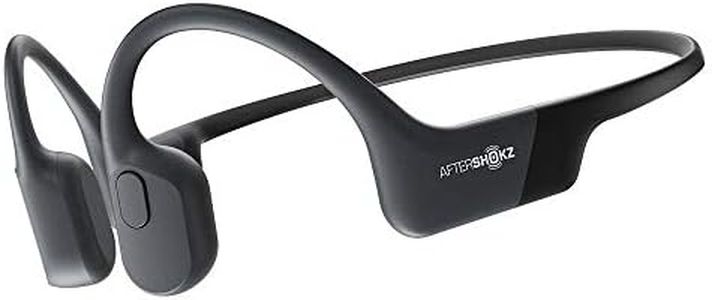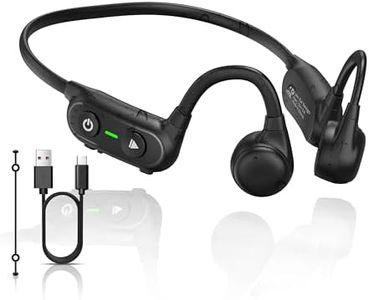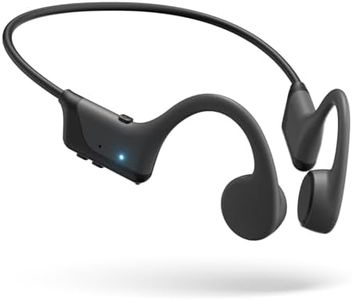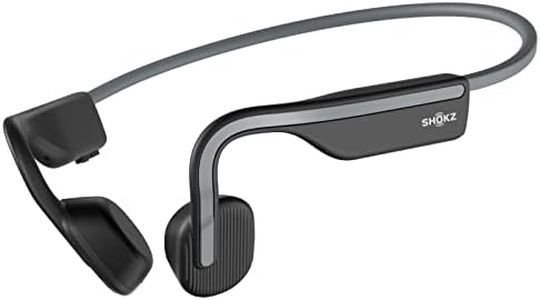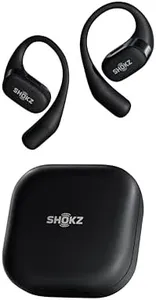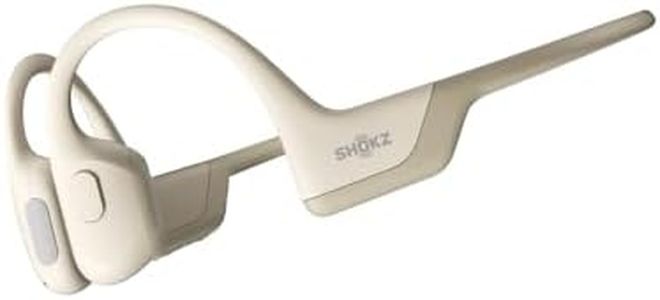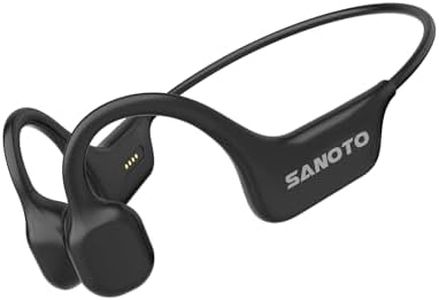We Use CookiesWe use cookies to enhance the security, performance,
functionality and for analytical and promotional activities. By continuing to browse this site you
are agreeing to our privacy policy
10 Best Bone Conduction Headphones
From leading brands and best sellers available on the web.Buying Guide for the Best Bone Conduction Headphones
Bone-conduction headphones are a unique type of audio device that transmit sound through the bones of your skull, bypassing your eardrums entirely. This design can be helpful for people with certain types of hearing loss, for those who want to keep their ears open to the environment (for safety during outdoor activities), or for anyone seeking a more comfortable or innovative way to listen to music or calls. Choosing the best pair involves understanding how these headphones work and which features matter most according to your needs.Sound QualitySound quality refers to how clear, detailed, and balanced the audio output is. Bone-conduction headphones generally offer a different listening experience from traditional headphones, with less bass and more focus on mids and highs. The audio may feel less immersive, but it is still quite pleasant for many uses. Sound quality can vary, so if music richness is your priority, you may want to look for headphones with enhanced bass or premium audio technologies. If you're using them mainly for calls, podcasts, or audiobooks, midrange sound is often sufficient.
Fit and ComfortFit and comfort are crucial since these headphones rest on your cheekbones, and you might wear them for long periods. They usually come in an around-the-neck or banded design. A lightweight, flexible frame provides longer comfort and helps prevent fatigue or pressure points. If you plan to use your headphones during activities like jogging or cycling, a secure and comfortable fit is even more important to keep them in place.
Battery LifeBattery life tells you how long the headphones last between charges. Since they are wireless, longer battery life means you spend less time charging and more time listening. Most have a range from 4 to 10 hours per charge. If you use headphones all day or on long trips, opt for models with higher battery life. For occasional listeners or short workouts, even the lower end of battery life might be enough.
Water and Sweat ResistanceWater and sweat resistance indicates how well headphones can handle moisture from sweating or exposure to rain. This feature is especially important for people who use their headphones during exercise or outdoor activities. Look for an IP rating (like IP55, IP67, etc.) to judge their resistance. The higher the numbers, the better the protection. If you mostly use them indoors and for calls, water resistance may not be a top priority.
Controls and ConnectivityControls and connectivity describe how you interact with your headphones and connect them to your devices. Some have physical buttons for volume and playback, while others use touch controls. Bluetooth connectivity is standard, and newer versions (like Bluetooth 5.0 or higher) give you better range, stability, and battery performance. Think about what would be most convenient for you: if you want to take calls, quick access to controls is helpful, while audio-only listeners might value simpler operation.
Microphone QualityMicrophone quality becomes vital if you plan to make phone calls or use voice assistants. Good microphones cancel out background noise and pick up your voice clearly. If calls are important to you, look for headphones that mention noise-canceling microphones or have positive reviews about call quality. If you're mainly listening to music or podcasts, microphone quality is less important.
